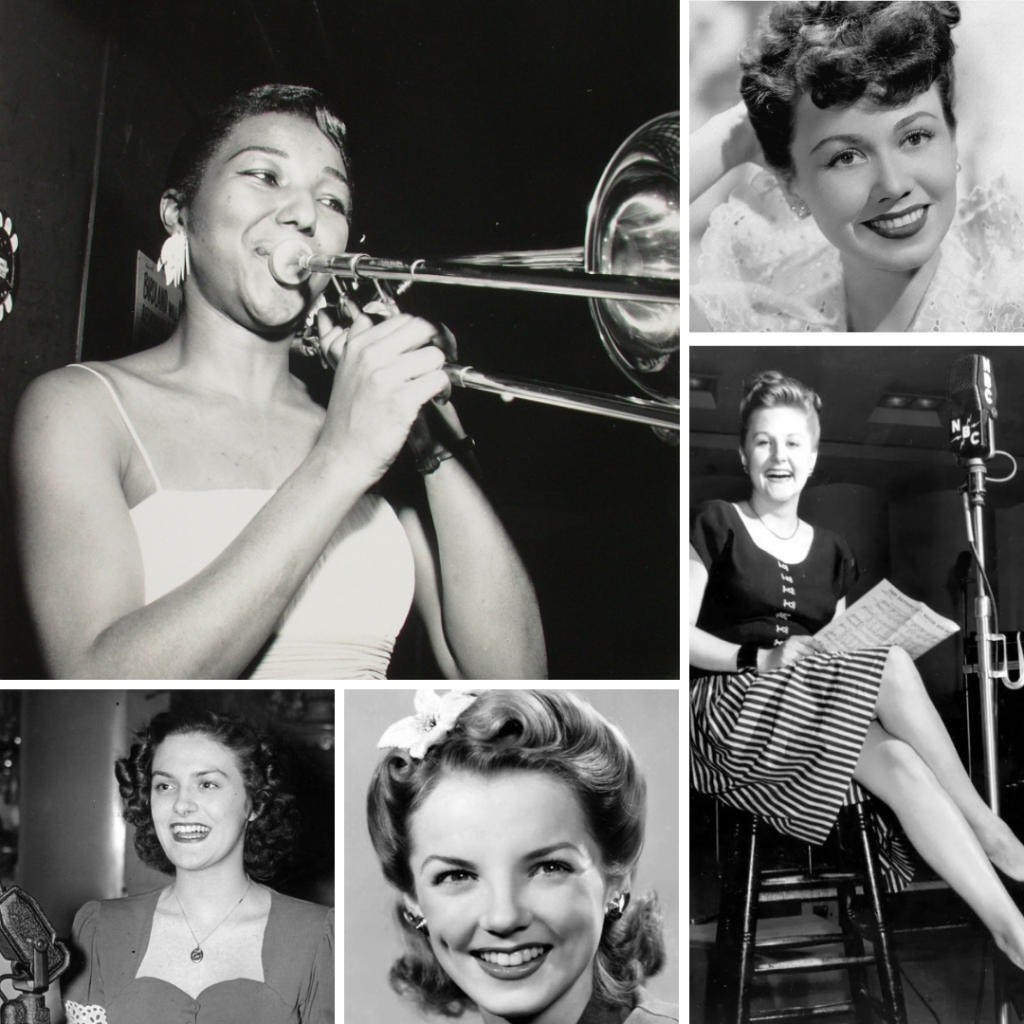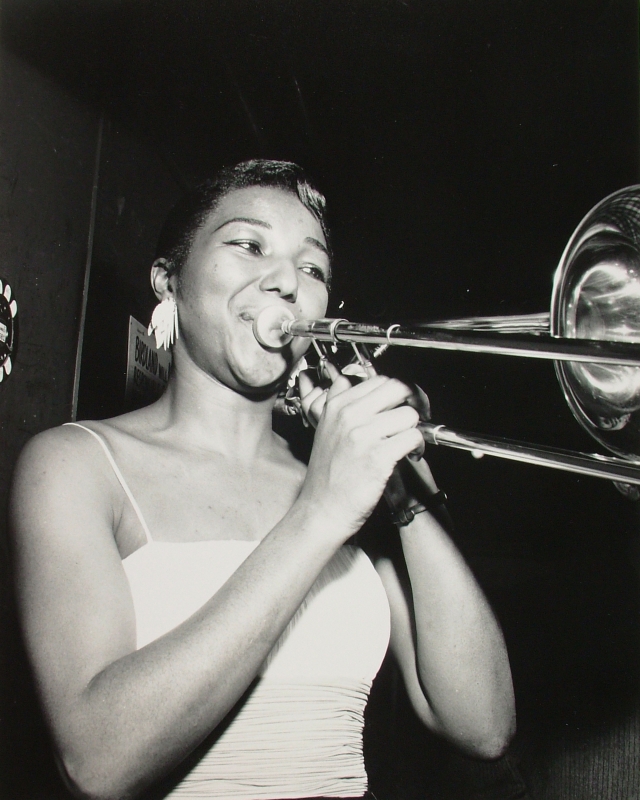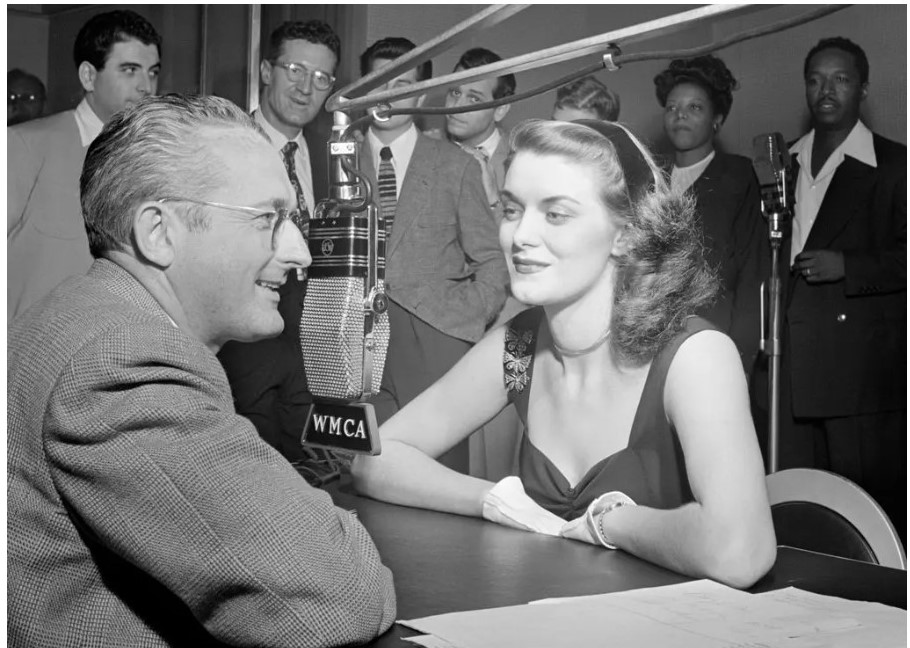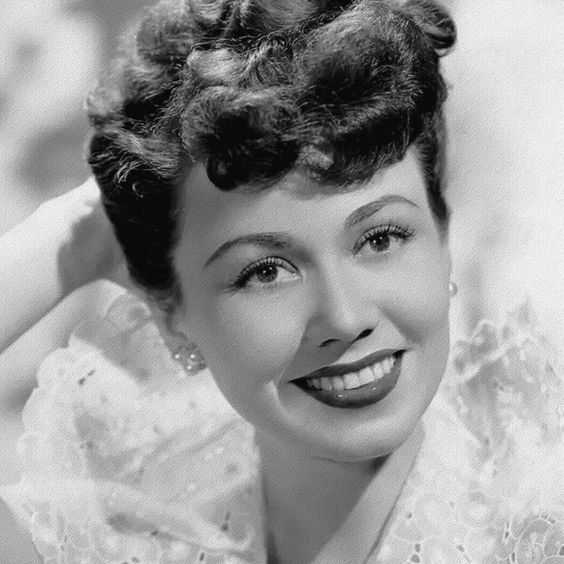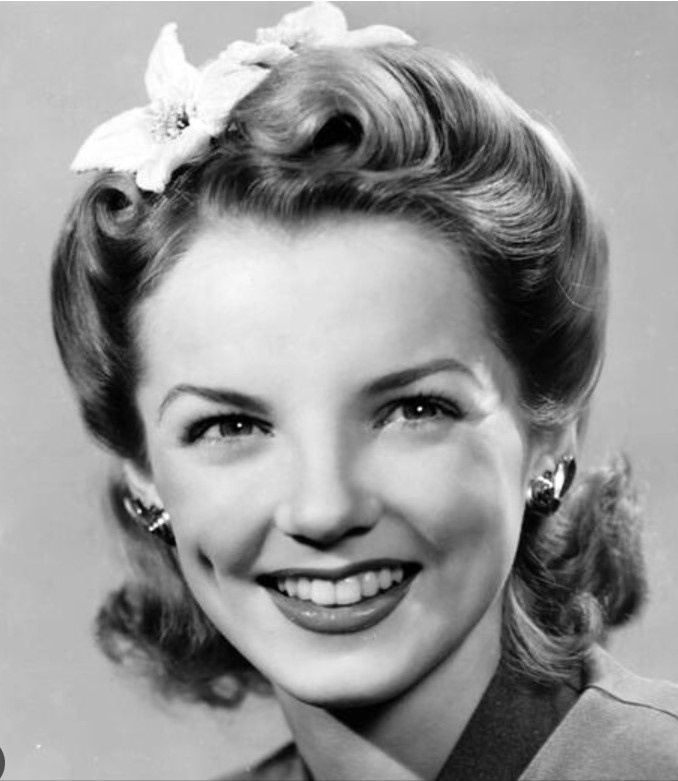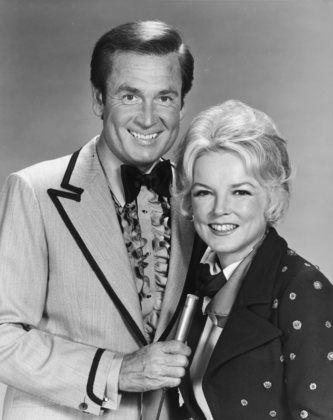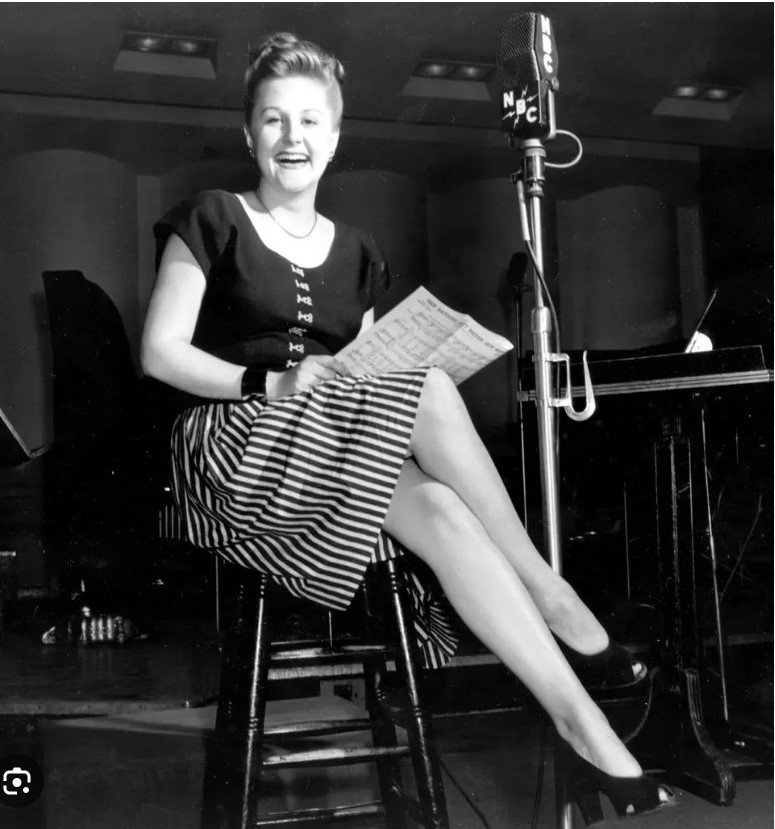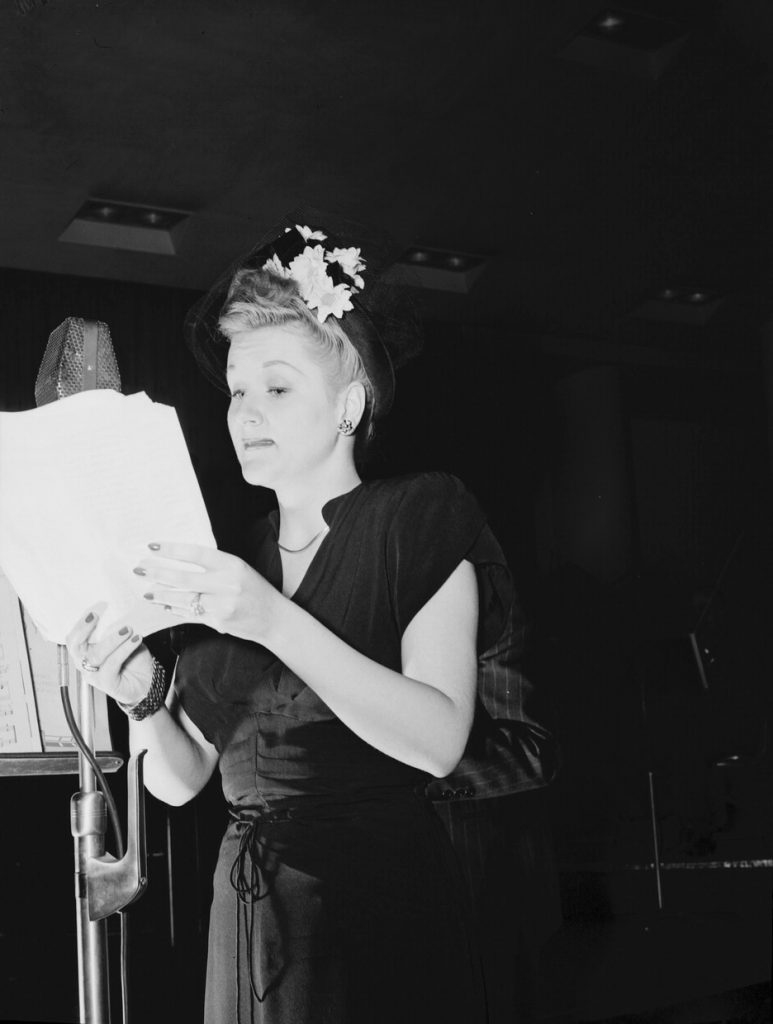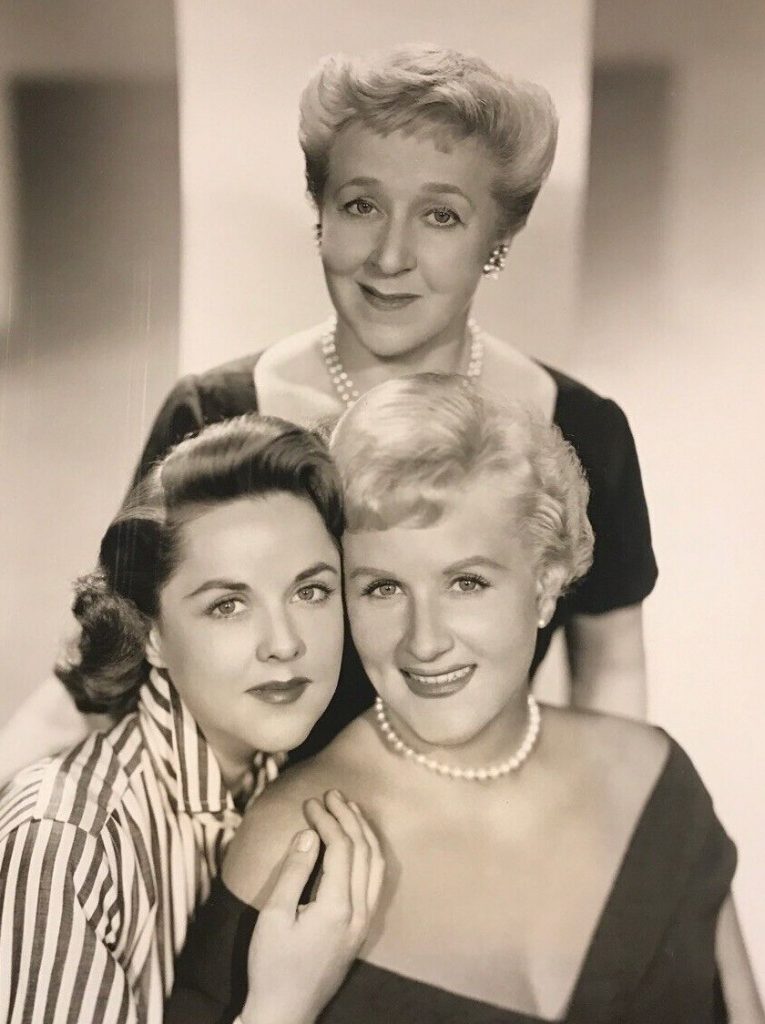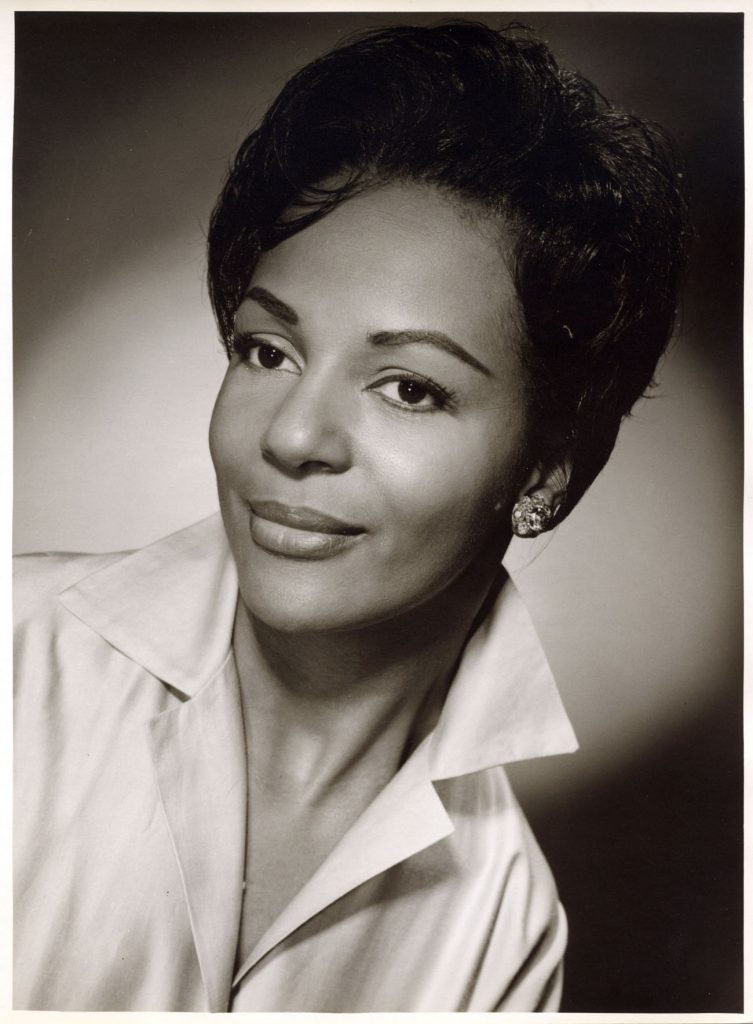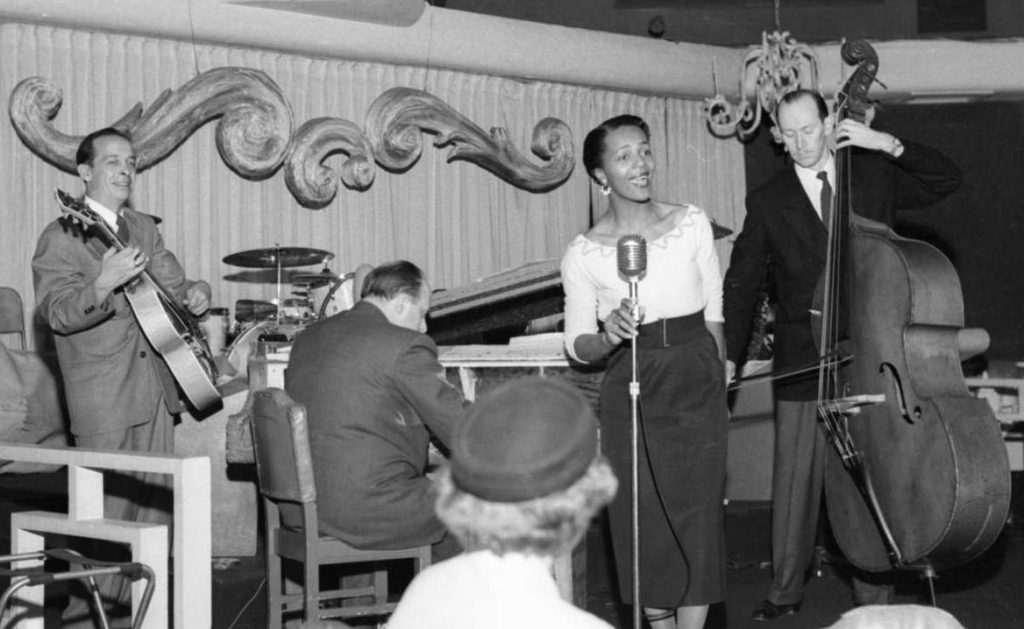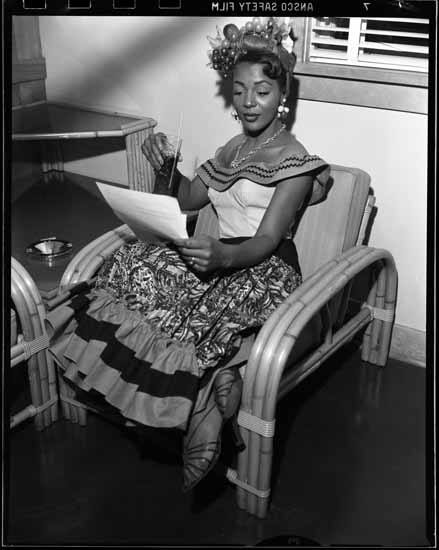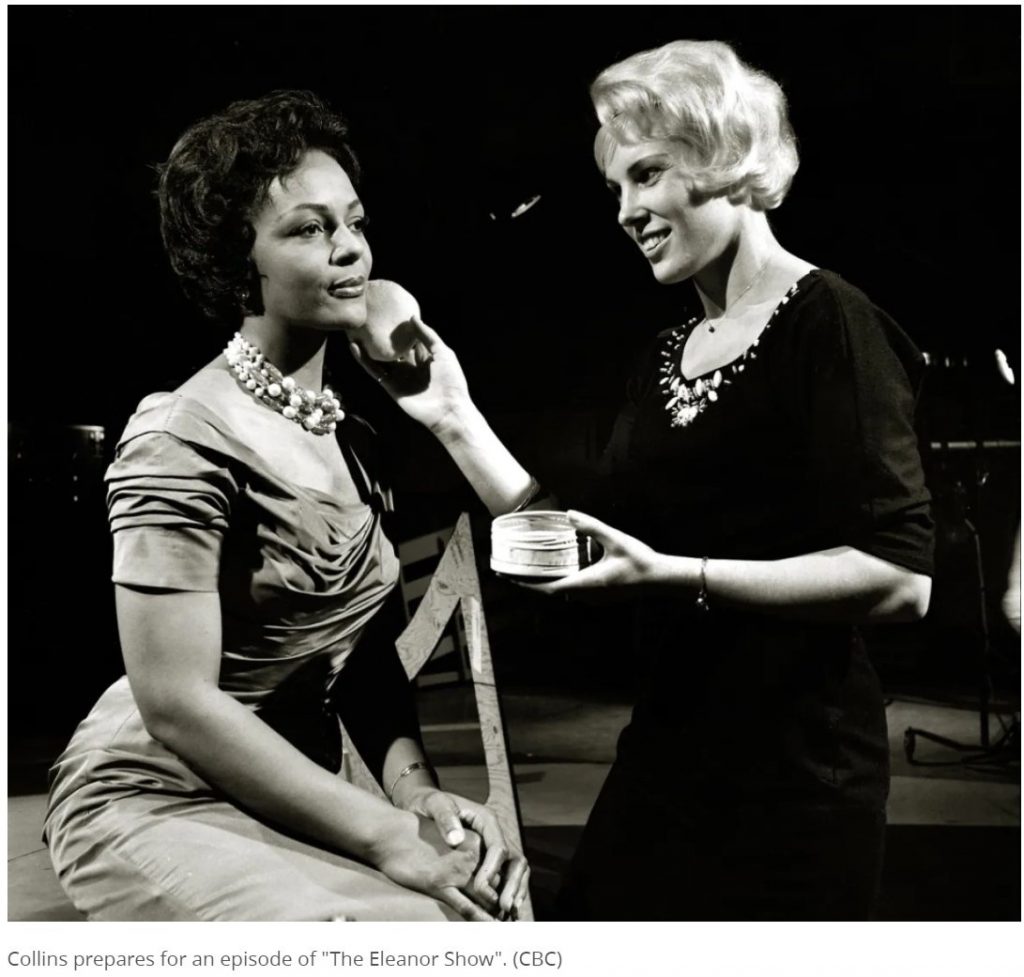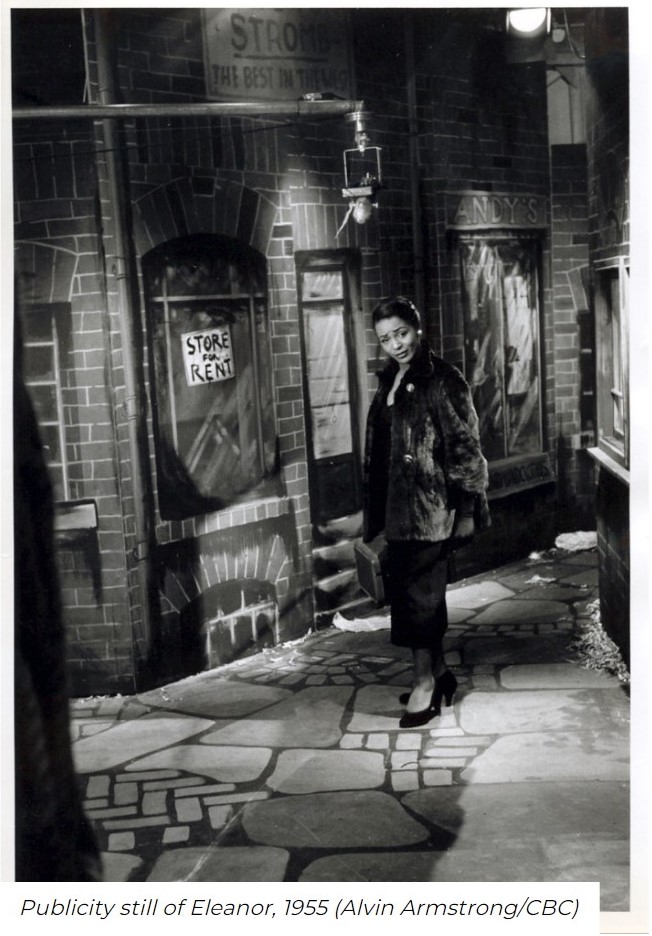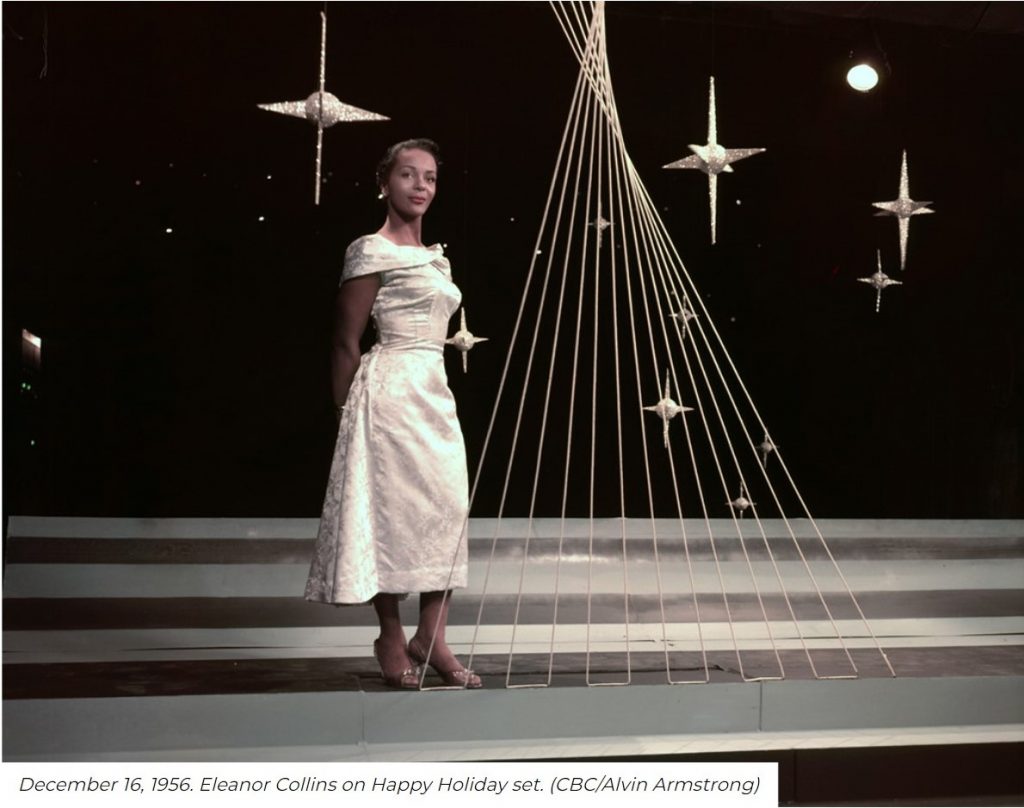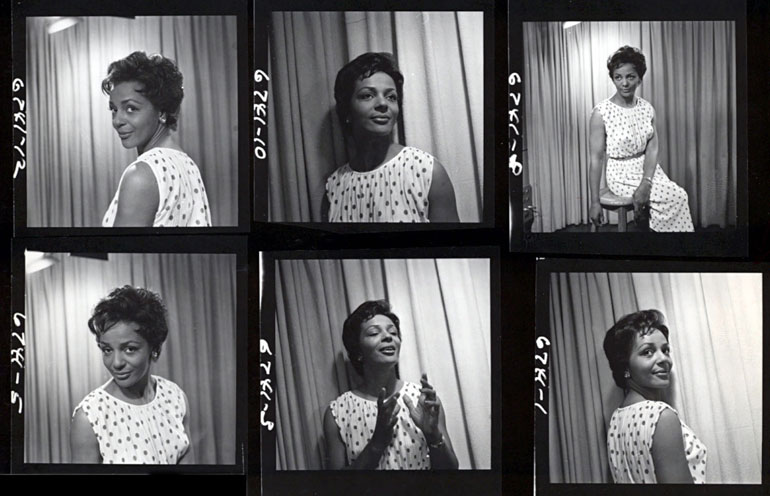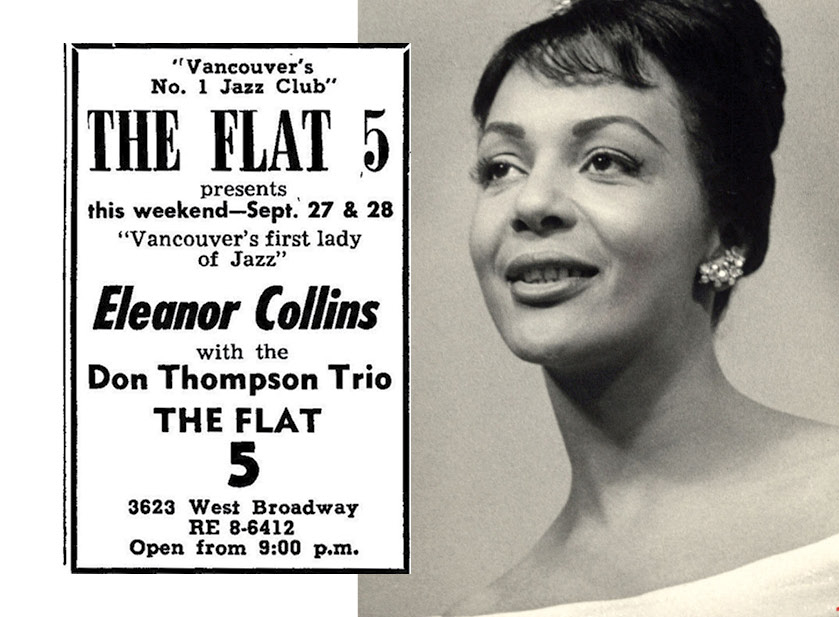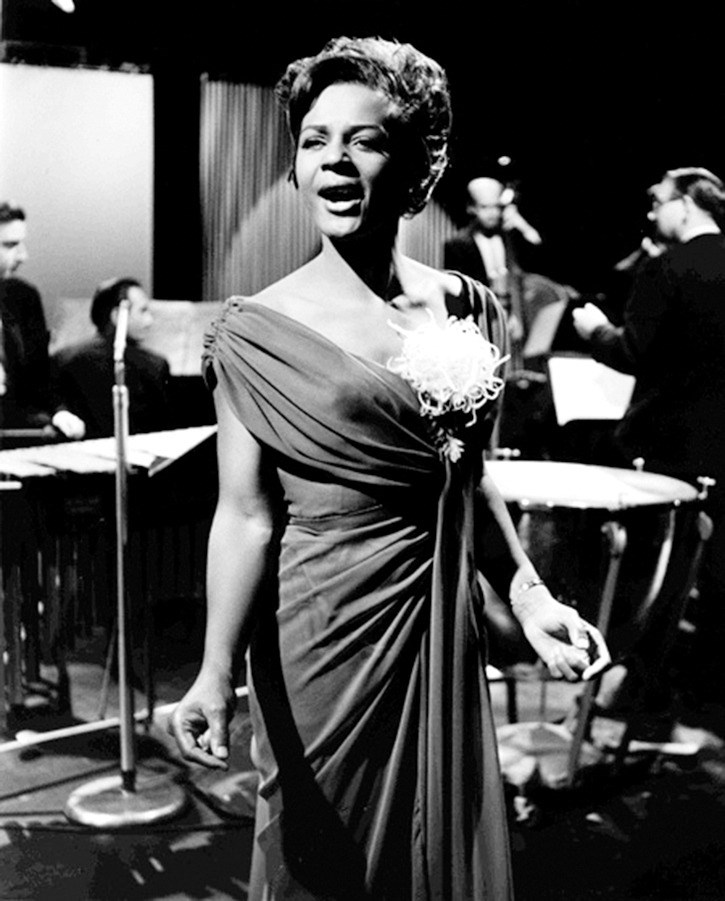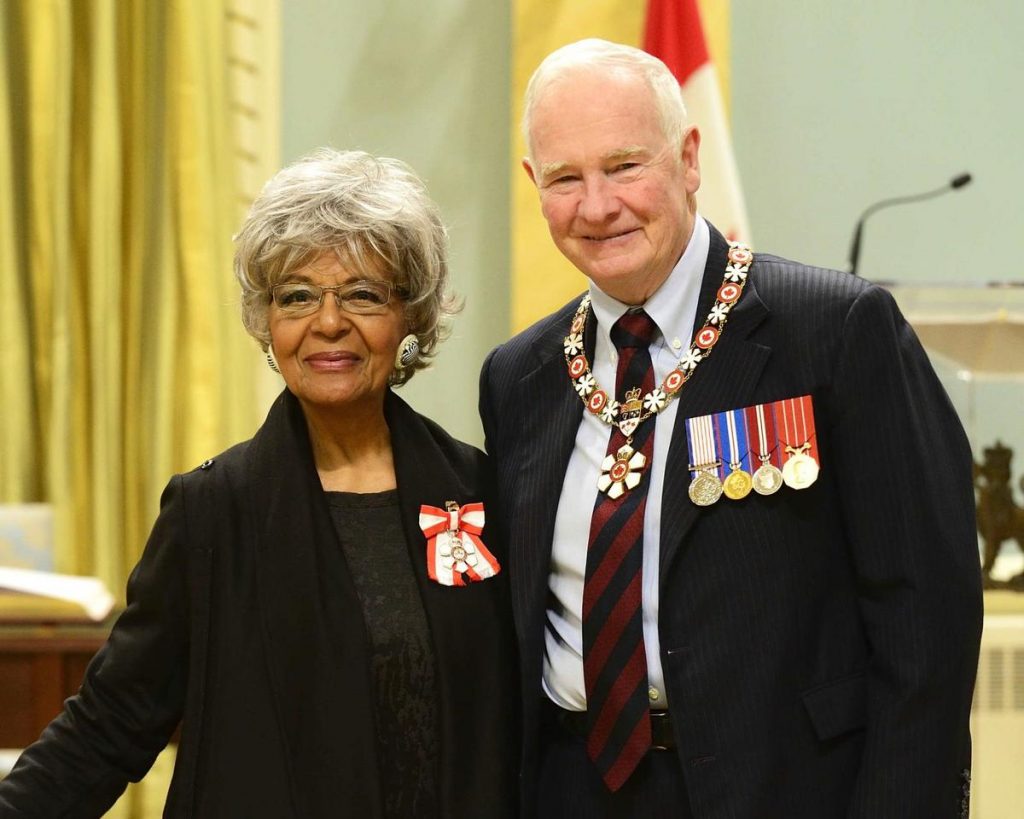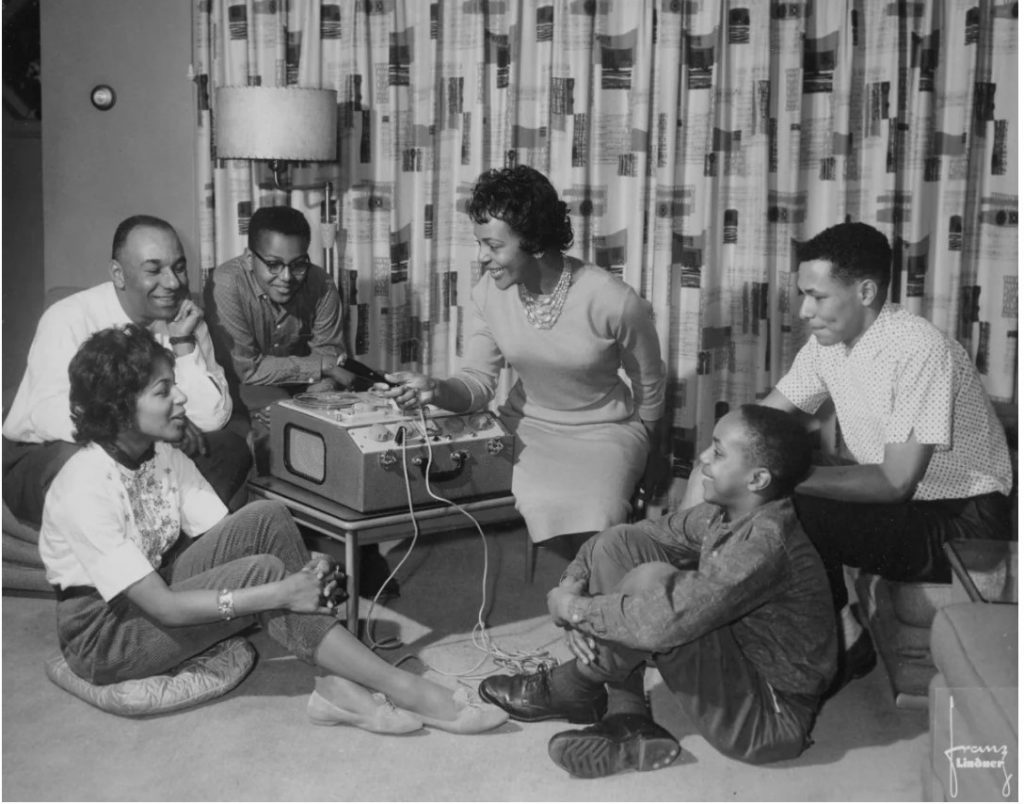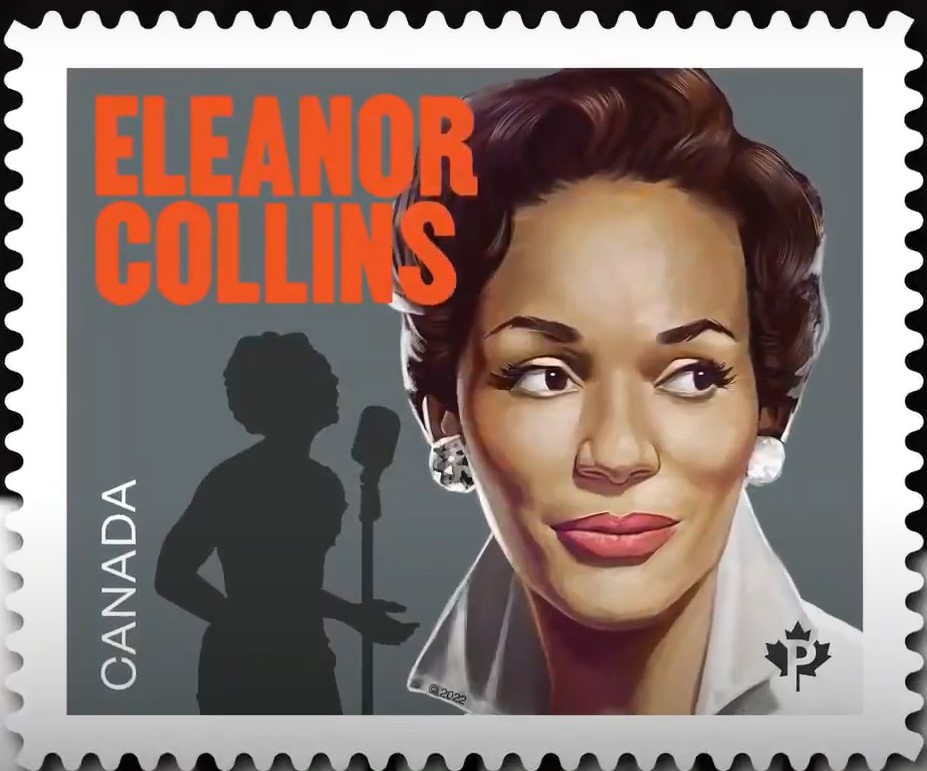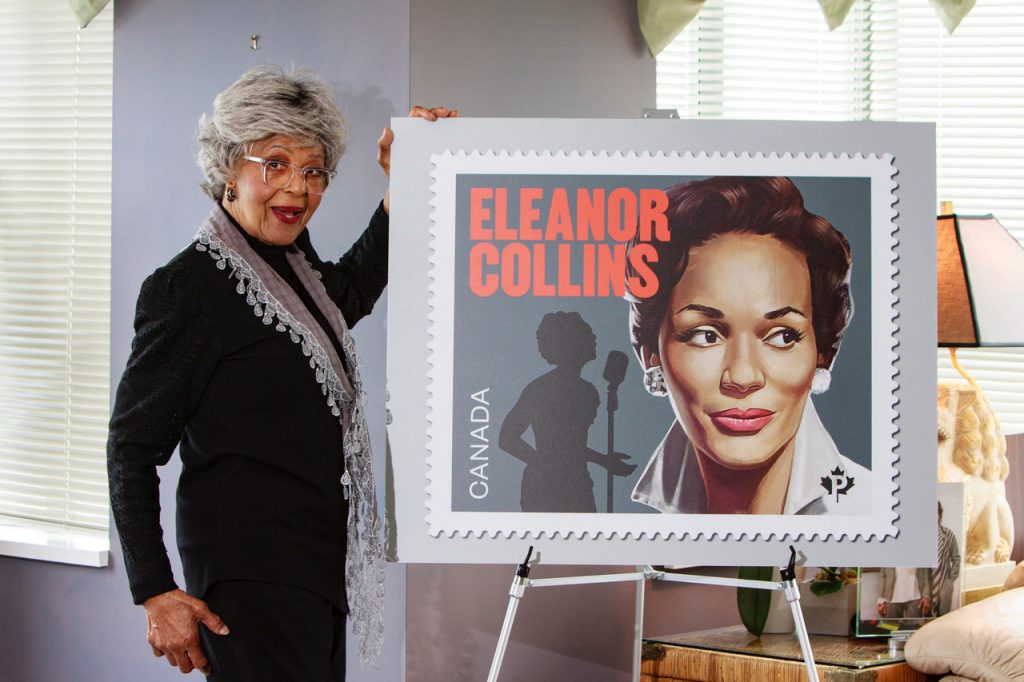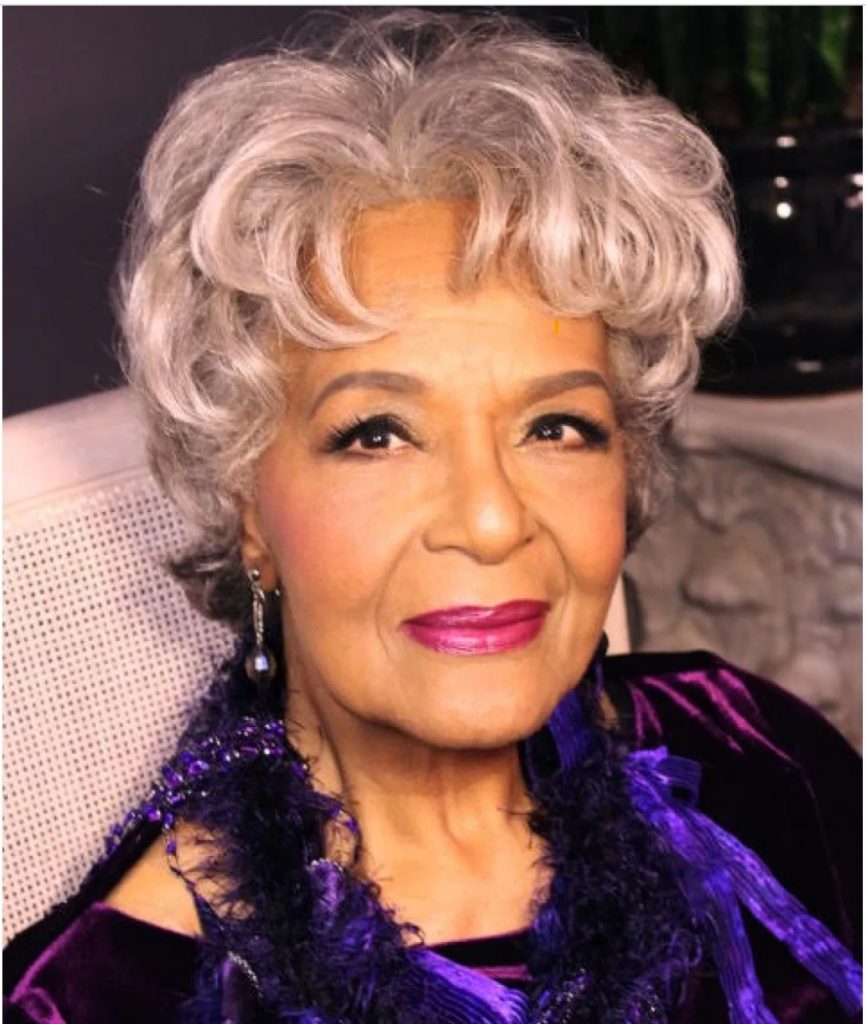Step back in time to the vibrant and lively world of the Big Band Era, a musical era that forever changed the landscape of American culture. As the iconic sounds of jazz and swing filled the air, there were women who stood out among the sea of talented musicians, defying societal norms and paving the way for future generations.
In this article (part 4), we will dive into lives and legacies of the unsung heroines of the Big Band Era, shedding light on the remarkable women who shaped the music and history of this unforgettable era.
NOTE: This is a series that is near and dear to my heart and I have done several compilation posts and a few individually focused posts. You can find them below (take a read after).
- Women of the Big Band Era that Everyone Should Know
- Women of the Big Band Era Everyone Should Know-Part 2
- Women of the Big Band Era Everyone Should Know-PART 3
- Women of the Big Band Era Everyone Should Know: MAXINE SULLIVAN
- Bea Wain-Star Singer of the Big Band Era
- The Blonde Bombshell of Rhythm-Ina Ray Hutton
- Ruth Lowe-The Canadian Gal Behind “I’ll Never Smile Again”
- Blanche Calloway-1930s Jazz singer, bandleader, and Composer
WOMEN OF THE BIG BAND ERA EVERYONE SHOULD KNOW-PART 4
MELBA LISTON
Melba Liston was a trombone player (she was the first woman trombonist to play in big bands during the 1940s and 1960s) who was nothing less than a force of nature. In addition to being sought after for her second-to-none slide playing (in mostly all male bands), she became widely revered for her jazz arrangements and compositions. She is, without question, one of the unsung heroes of the jazz genre (Source).
Melba was born in Kansas City, MO on January 13, 1926 and at the age of seven years old, selected the trombone as her instrument of choice as part of her elementary school’s new music program. She did find the instrument difficult but stuck with it and one year later was good enough to be a solo act on a local radio station.
At the age of 10 her family moved to Los Angeles where she continued to work on her craft with music teacher, Alma Hightower. By the time Melba reached the age of sixteen, she decided to become a professional musician and joined the musicians union. In 1943 she became a member of the Lincoln Theatre pit band in her first professional job. It was in this job that she was able to write music for acts that came into the theatre without it (source).
(Video-Melba on Trombone in “Start Swingin’ with the ‘All American Girl’s Band’)
Melba then went on to join composer and trumpeter, Gerald Wilson, both as a musician and as his assistant arranger, in his newly-formed big band. She also worked with tenor saxophonist Dexter Gordon at this time, and the pair recorded a track called Mischievous Lady which Gordon had written especially as a tribute for her.
Melba during this time was really starting to excel as a soloist (and as an arranger) and Dizzie Gillespie was so impressed with her skill that, when Gerald Wilson’s orchestra disbanded in 1948, he asked her to join his ensemble (source).
This was an exciting band full of talented artists that Melba loved being in, but Gillespie disbanded the group only a year later. She (and her former bandleader Gerald Wilson) then joined a band backing Billie Holiday on tour. The experience of touring throughout the south with Holiday’s band, coping with the strains of limited income and even more limited audiences, was strenuous, disheartening and exhausting for Melba.
In later years, Melba spoke candidly about the extreme difficulties of being a female jazz musician during this era (source). She was so disillusioned with the music industry that she temporarily turned her back on it. She returned to Los Angeles to take a clerical job at the Board of Education and also supplemented her income by taking small acting roles in several Hollywood movies.
In the late 1950s, Melba was lured back to play with Dizzie Gillespie’s latest big bebop band for tours to the Middle East, Asia and South America. She was both a writer and an arranger for the band and most commentators agree that she produced some of her finest work at this time.
In 1958, Melba formed her own all-female quintet and also recorded her only album as a band leader, Melba Liston & Her Bones – widely regarded as a jazz classic (video link). She then went on to work with trumpeter Quincy Jones, who had formed a band to tour Europe with his Free and Easy show (source).
The rest of her career was full of historic accomplishments of which I cannot list all here in this post. So I encourage further reading on the website “Girls in the Band“. Melba passed away in 1999.
BERYL DAVIS
As the smooth sounds of the big band era filled the air, Beryl Davis’ voice stood out amongst the rest. Her captivating tone and powerful vocal range made her a force to be reckoned with in the music industry.
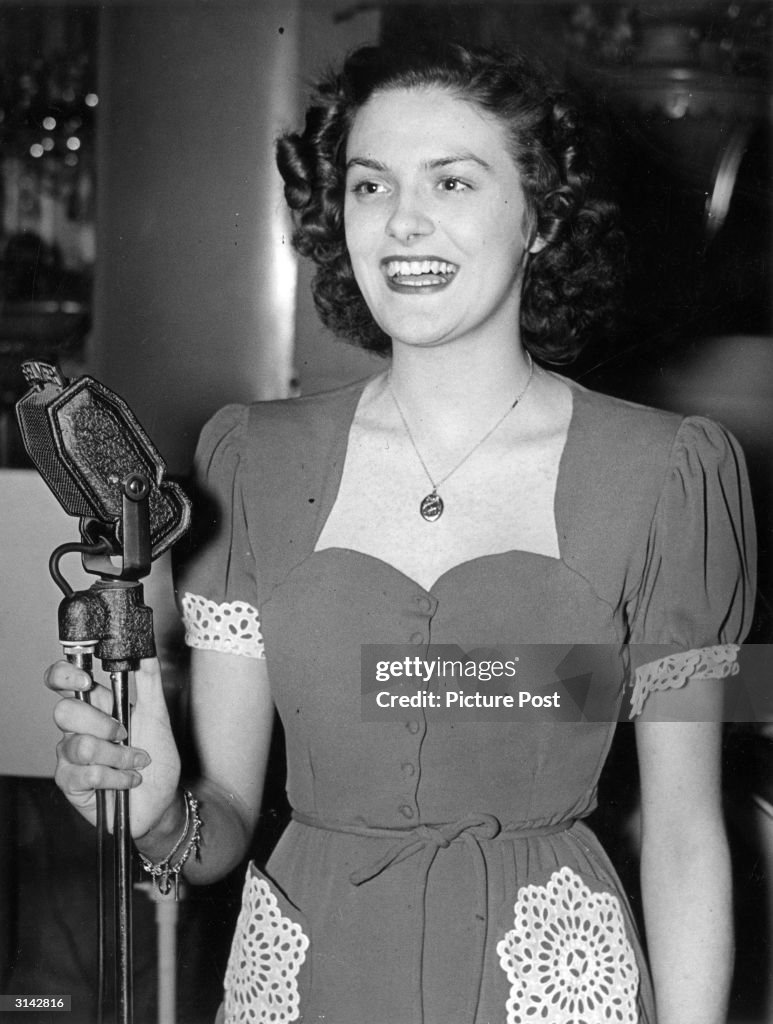
The daughter of English band leader Harry Davis, she was born in Plymouth, England, on March 16, 1924, and began performing with her father at the age of 3. At eight years old, Davis began to sing for the Oscar Rabin Band, co-led by her father and saxophonist Oscar Rabin, eventually turning professional and singing with, among others, Rabin, Geraldo, and the Skyrockets Dance Orchestra. At 12, accompanied by a chaperone, she performed and recorded with Django Reinhardt in Paris and on several European tours, and was the featured singer with the Quintette du Hot Club de France during their tour of the U.K. in July-August 1939 (source).
Here she is a short snippet of Beryl singing with Oscar Rabin and his Romany Band in 1937. Her dad Harry Davis is the guitarist. (video link).
During World War II. Davis often sang for British and American troops, sometimes live on the radio while German bombs during the Blitz fell close by (source).
She was discovered by Glenn Miller in London and performed with his Army Air Force Orchestra.
Here is the song “Goodnight, My Beautiful” from 1940 featuring Beryl on vocals (video link).
In 1947, she moved to Los Angeles at the invitation of Bob Hope who featured her on his radio show. She later joined Frank Sinatra on the radio show “Your Hit Parade” (she was on for 1 year), which led to engagements with Goodman and other prominent orchestra leaders, including Vaughn Monroe and David Rose.
Beryl Davis with Tommy Dorsey during a radio stint in 1947. William P. Gottlieb Collection/Library of Congress
Among her later musical activities was being part of the Four Girls gospel singing group with Jane Russell, Rhonda Fleming, and Connie Haines (see her story below), having a hit with “Do Lord” in 1954. (video link)
She continued to sing at nightclubs and cruise ships into the 1970s, passing away on October 28, 2011 at the age of 87.
CONNIE HAINES
“Where did you learn to swing like that?” Dorsey asked when he first heard her at a club in New Jersey. “And when can you join my band?”
Connie Haines, a peppy, petite, big-voiced singer with a zippy, rhythmic style who most famously teamed up with Frank Sinatra as lead vocalists with the Tommy Dorsey Orchestra, then went on to a prolific career of her own (source).
Connie Haines was born Yvonne Marie Antoinette JaMais in 1921 in Savannah, Georgia, but was raised in Jacksonville, Florida after her parents separated. Her mother taught singing and dancing, and her best pupil was her daughter. When only five, she was winning talent contests and from the age of 10 she was regularly on local radio as “Baby Yvonne Marie, the Little Princess of the Air”. Her popularity grew as she had some national broadcasts with Paul Whiteman and His Orchestra.
When JaMais was 17 (maybe 16 according to other sources), she was demonstrating songs for songwriters in the Brill Building in New York when she was heard by Henry James. He invited her to join his orchestra but thought that she needed a new stage name and created Connie Haines (source).
This would also be her first professional gig with Frank Sinatra. Their songs together that included “Oh, Look at Me Now” and “You Might Have Belonged to Another”.
Financial problems forced James to fire both Sinatra and (later) Haines, though both found work with the same leader: Tommy Dorsey. Beginning in 1940, Haines, Sinatra, and the later addition of the Pied Pipers made Dorsey’s one of the strongest bands from a pop standpoint, and Haines appeared on several hits: “Two Dreams Met,” “Oh, Look at Me Now,” “Kiss the Boys Goodbye,” and “What Is This Thing Called Love?”
After leaving Dorsey’s band, Connie Haines sang with the Bob Crosby Orchestra during 1941 (Source).
She appeared in two films with the orchestra, Las Vegas Nights (1941) and Ship Ahoy (1942). Haines left to become the featured vocalist on Abbott and Costello’s radio series from 1942 to 1946. She also sang “Gee, I Love My GI Joe” with Freddie Rich’s band in the wartime film A Wave, a WAC and a Marine (1944).
Branching out as a solo singer, Haines recorded for many of the major labels, including Capitol and Mercury, Columbia, and Dot) during the next few decades. She also joined forces with the ‘Four Girls’ gospel singing group mentioned above in the 1950s.
In 1965, Connie joined Motown Records diverse signing of new and established artists. She was one of the first white singers to record for Motown recording 14 songs written by Smokey Robinson (Source).
She continued performing into the ’90s, but passed away in 2008.
HELEN O’CONNELL
Helen O’Connell was an American singer, actress, and hostess, described as “the quintessential big band singer of the 1940s”.
Born in Lima, Ohio, 23 May 1920, she grew up in Toledo and began singing there as a 15-year-old on local radio, graduating to minor bands like Jimmy Richards and Arthur Wylie.
She launched her career as a big-band singer with Larry Funk and his Band of a Thousand Melodies.
O’Connell joined the Dorsey band in 1939 and achieved her best selling records in the early 1940s.
In 1940 she came top in a Metronome poll and was named Best Female Vocalist of 1940. Downbeat readers went one better and voted her Best Female Singer of 1940 & 1941 (source).
VIDEO: ‘Lord and Lady Gate’ ~ Jimmy Dorsey & His Orchestra 1942 with Helen O’Connell as the vocalist. Featuring two adorable children doing the Lindy Hop (video link).
Although primarily a solo singer (her 1942 recording of Brazil with the band was added to the Grammy Hall of Fame in 2009) she is probably best remembered for the string of Latin-flavoured duets she did with the band’s boy singer Bob Eberly (older brother of Ray, who worked for Glenn Miller) – “Time Was”, “Green Eyes”, “Amapola”, “Tangerine”, “Yours” – all of which followed what proved a winning formula; Eberly would croon a chorus in ballad-time then O’Connell and the band would up the tempo and swing it, the result being solid hits for all concerned (source).
O’Connell retired from show business upon her first marriage in 1943 (with a brief return in 1947 to play herself in the move, ‘The Fabulous Dorseys’). When her marriage ended in 1951, she resumed her career, achieving some chart success and making regular appearances on television (read about all of her shows here).
From the movie ‘The Fabulous Dorseys (1947) -.Bob Eberly + Helen O’Connell in “Green Eyes” (video link)
Fun fact: From 1972-1980 she hosted the Miss USA and Miss Universe pageants with Bob Barker and was nominated for an Emmy Award in 1976 for her coverage of the Miss Universe pageant (source).
She passed away in 1993.
MARGARET WHITING
Margaret Whiting, was famous for her association with lyricist Johnny Mercer and for introducing the standard “Moonlight in Vermont” into American popular music.
Whiting was born in Detroit. Her family moved to Los Angeles in 1929, when she was five years old. Her father, Richard, was a composer of popular songs, including the classics “Hooray for Hollywood”, “Ain’t We Got Fun?”, and “On the Good Ship Lollipop” (source).
Whiting began learning her father’s songs when she was just a toddler. And she started recording hits when she was just a teenager, shortly after her father died of a heart attack in 1938. Johnny Mercer, a close friend of her father’s, took Whiting under his wing and personally signed her to Capitol Records, where she recorded “Moonlight in Vermont,” “It Might As Well Be Spring” and “That Old Black Magic” as a teenager (source).
In 1944, her version of “Moonlight in Vermont”, with Billy Butterfield’s Orchestra, sold over one million copies, and was awarded a gold disc by the RIAA (Recording Industry Association of America).
Until the mid-1950s Whiting continued to record for Capitol, but as she ceased to record songs that charted as hits, she switched to Dot Records in 1957 and to Verve Records in 1960. Whiting returned to Capitol in the early 1960s and then signed with London Records in 1966. On London, Whiting landed one last major hit single in 1966, “The Wheel of Hurt“, which hit No. 1 on the Easy Listening singles chart (source).
Margaret also had an active television career, like starring in the situation comedy ‘Those Whiting Girls’ with her sister Barbara Whiting. The show, produced by Desilu Productions, aired on CBS as a summer replacement series (in place of I Love Lucy) between July, 1955 and September, 1957 (source).
Later years included many more TV appearances and then a career from 1989-2001 as the Artistic Director of the annual Cabaret and Performance Conference at the Eugene O’Neill Theater Center in Waterford Connecticut. She passed away in 2011.
I hope you enjoyed my latest roundup of “Women of the Big Band Era Everyone Should Know“. I know I really enjoyed learning about these talented women and I cannot wait to do another post in the future. So stay tuned!
Friends! Please share any thoughts you have on this topic in the comments section below. I love hearing from my readers!
Thanks for dropping by and remember my other posts in this series can be found HERE.
Liz

